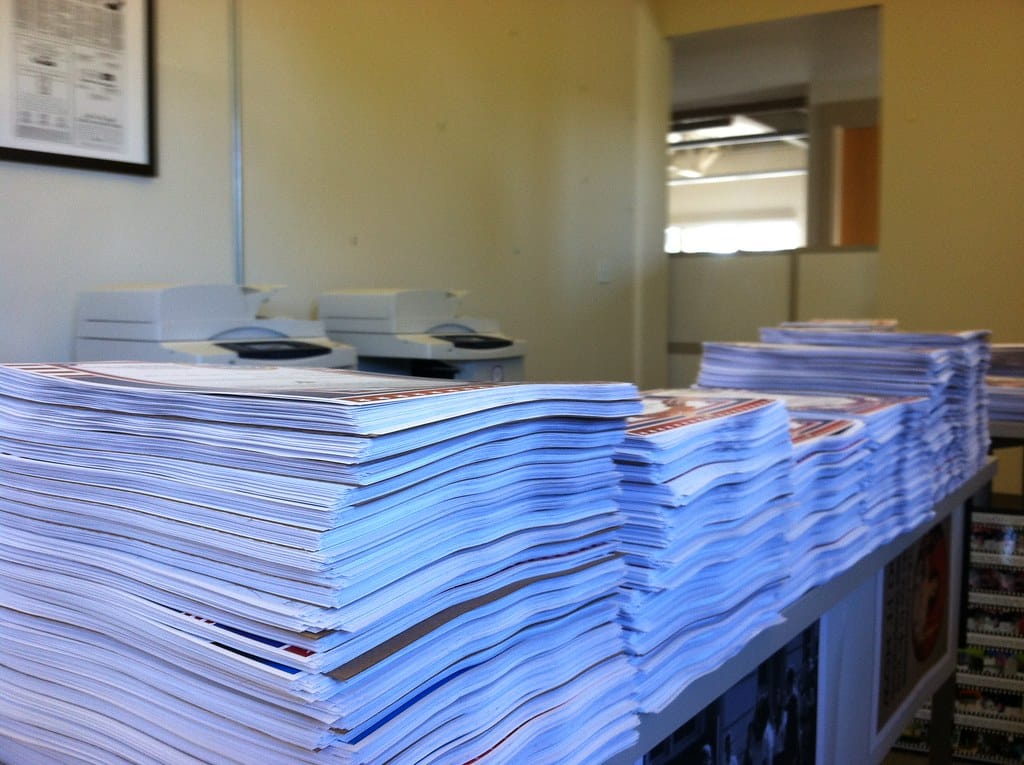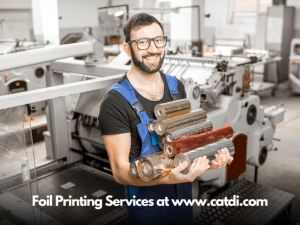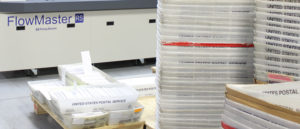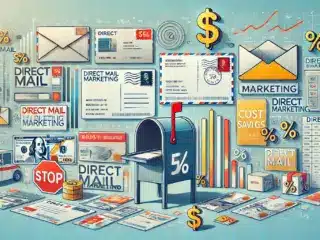Last Updated on April 12, 2023 by Carlos Alonso
Collating is a printing term that refers to the process of arranging individual sheets or pages of a multi-page document in the correct order. Collating is an important part of the printing process, as it ensures that your printed documents are organized and easy to read. In this article, we will discuss what collating is, how it benefits your printing projects, and some tips for successful collating.
What Is Collating?
Collating involves organizing the pages of a multi-page document in the correct order so that they can be easily read and understood. This is done by arranging the pages in a specific sequence, such as page 1, page 2, page 3, and so on, until all the pages are in the correct order. Collating is typically done for documents such as booklets, catalogs, and manuals, where it is important to have the pages in the correct order for easy reference and readability.
Benefits of Collating
Collating has several benefits for printing projects, including:
- Saves Time: Collating saves time by arranging the pages of a document in the correct order before printing. This eliminates the need to manually sort through pages after printing, which can be time-consuming.
- Increases Efficiency: Collating increases the efficiency of the printing process by ensuring that the pages of a document are organized and easy to read. This can help reduce errors and improve the overall quality of the finished product.
- Enhances Readability: Collating enhances the readability of multi-page documents by ensuring that the pages are in the correct order. This makes it easier for readers to follow the content and find the information they need.
- Reduces Errors: Collating reduces the risk of errors by ensuring that the pages of a document are in the correct order. This can help prevent mistakes and improve the accuracy of the finished product.
Tips for Successful Collating
To ensure that your collating process is successful, consider the following tips:
- Use a Collator: A collator is a machine that automatically collates pages, making the process faster and more efficient. Consider using a collator for large printing projects to save time and reduce errors.
- Double-Check Your Order: Before printing, double-check the order of your pages to ensure that they are in the correct sequence. This can help prevent errors and save time in the long run.
- Use Dividers: Consider using dividers or tabs to separate different sections of your document. This can make it easier for readers to navigate the content and find the information they need.
- Use Quality Paper and Ink: Use high-quality paper and ink to ensure that your printed documents look professional and are easy to read. This can enhance the overall quality of your collated documents and improve their effectiveness.
- Consider the Binding Method: There are several binding methods that you can choose from for your collated documents, such as saddle stitching, perfect binding, and spiral binding. Consider the type of document you are creating and your budget to choose the appropriate binding method.
- Utilize Printing Services: If you have a large printing project or you want to ensure the highest quality results, consider utilizing professional printing services. They have the equipment, expertise, and experience to handle collating and printing tasks, ensuring your final product is of the highest quality.
- Plan Ahead: When it comes to collating, it’s important to plan ahead to ensure that you have enough time and resources to complete the project. Make a schedule, set deadlines, and allocate resources to make the process smoother and more efficient.
- Organize Your Files: Organize your files in a clear and easy-to-understand manner to make the collating process smoother. Label your files appropriately and make sure they are in the correct order before beginning the collating process.
In summary, collating is a crucial aspect of printing that ensures that your documents are organized and easy to read. It saves time, increases efficiency, enhances readability, and reduces errors. To achieve successful collating, it’s important to use a collator, double-check your order, use dividers, use quality paper and ink, consider the binding method, utilize printing services, plan ahead, and organize your files. By following these tips, you can ensure that your collated documents are of the highest quality and effectively communicate your message.
















